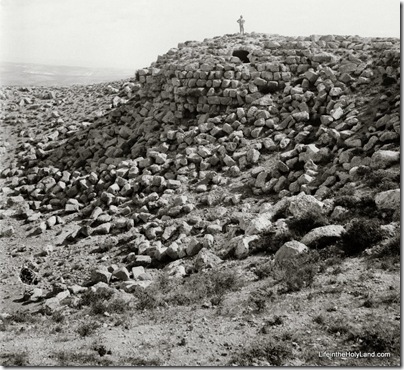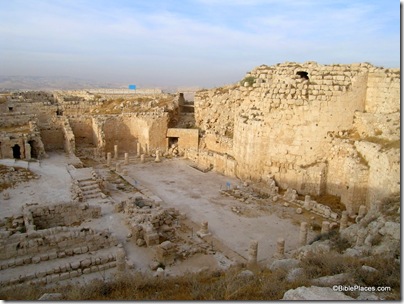If an inscription is discovered today and you want the best photographs of it, you go to the Zuckerman brothers at USC. Their work revealed a more extensive inscription on one of the Ketef Hinnom amulets, and they were called on for photographing the recent Khirbet Qeiyafa ostracon.
The LA Times has a brief review of their work, including the equipment they use.
Researchers at USC’s West Semitic Research Project have helped uncover its hidden narrative with the aid of lighting and imaging techniques that are credited with revolutionizing the study of ancient texts.
Over the last three decades, the USC project has produced thousands of crisp images of inscriptions and other artifacts from biblical Israel and other Near Eastern locales, making the pictures available to the public in an online archive, InscriptiFact.com.
Among the items shown in the online collection is a Dead Sea Scroll dating to the 1st century that discusses a buried treasure in modern-day Israel. (It’s impossible to pinpoint the precise location because landmarks mentioned in the text no longer exist.)
The database also features an Aramaic inscription on a sheet of papyrus written by a group of Jews in Egypt five centuries before the birth of Jesus. In the text — whose image is so sharp it reveals the grain of the papyrus — Jews petition distant Persian rulers for permission to rebuild a temple.
“A picture is worth a thousand words,” said Bruce Zuckerman, a USC religion professor who founded the research project in the early 1980s. “Sometimes big issues in history can turn on the interpretation of a single letter.”
Zuckerman’s foray into the world of photography and ancient texts grew out of his frustration over the poor quality of archaeological photos.
[…]
“What West Semitic Research Project did was create a collection of photos of inscriptions that were unlike anything that had been done before,” said Wayne Pitard, a religion professor at the University of Illinois at Urbana-Champaign who has collaborated with the Zuckermans. “It’s just astonishing.”
Their research project occupies two floors of an academic building at USC. Its offices are filled with gadgetry dreamed up by the Zuckermans and their research team and by engineers off campus.
One office holds the Twister, a contraption with a large-format camera that snaps pictures of ancient “cylinder seals” about the size and shape of triple-A batteries.
The seals — featuring pictures and symbols that once served as a form of personal identification — are mounted on a turntable and slowly moved around in a circle while the camera snaps photos, producing a single large image.
“The picture is better than holding it in your hands,” Bruce Zuckerman said.
The full story is here.
HT: Paleojudaica
UPDATE: My memory about photographing the Qeiyafa ostracon may have been mistaken and thus I’ve lined out the statement above. If it’s true, however, that the ostracon was brought to the U.S. for photographing but was not taken to the Zuckerman lab, then I can only wonder why.


